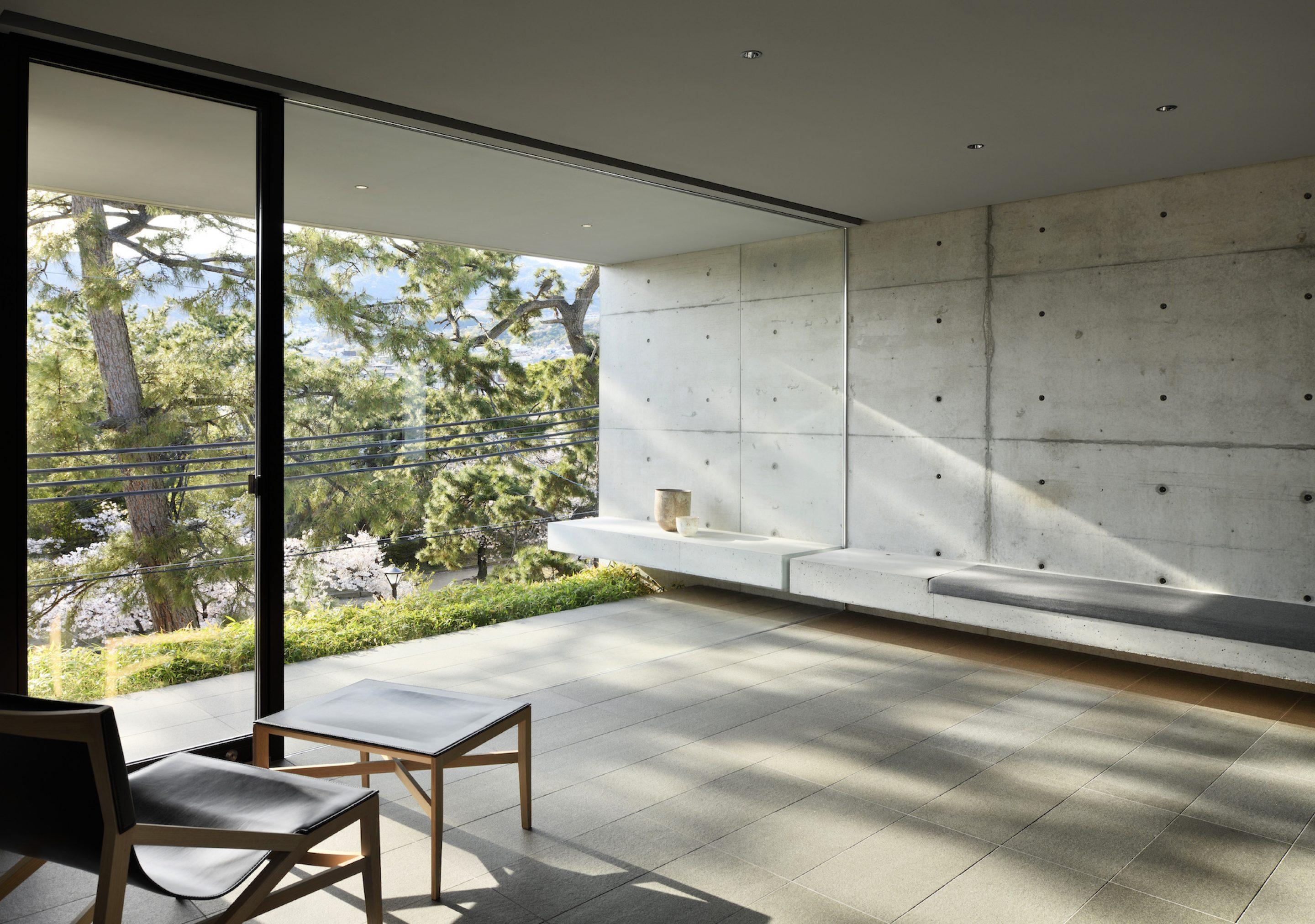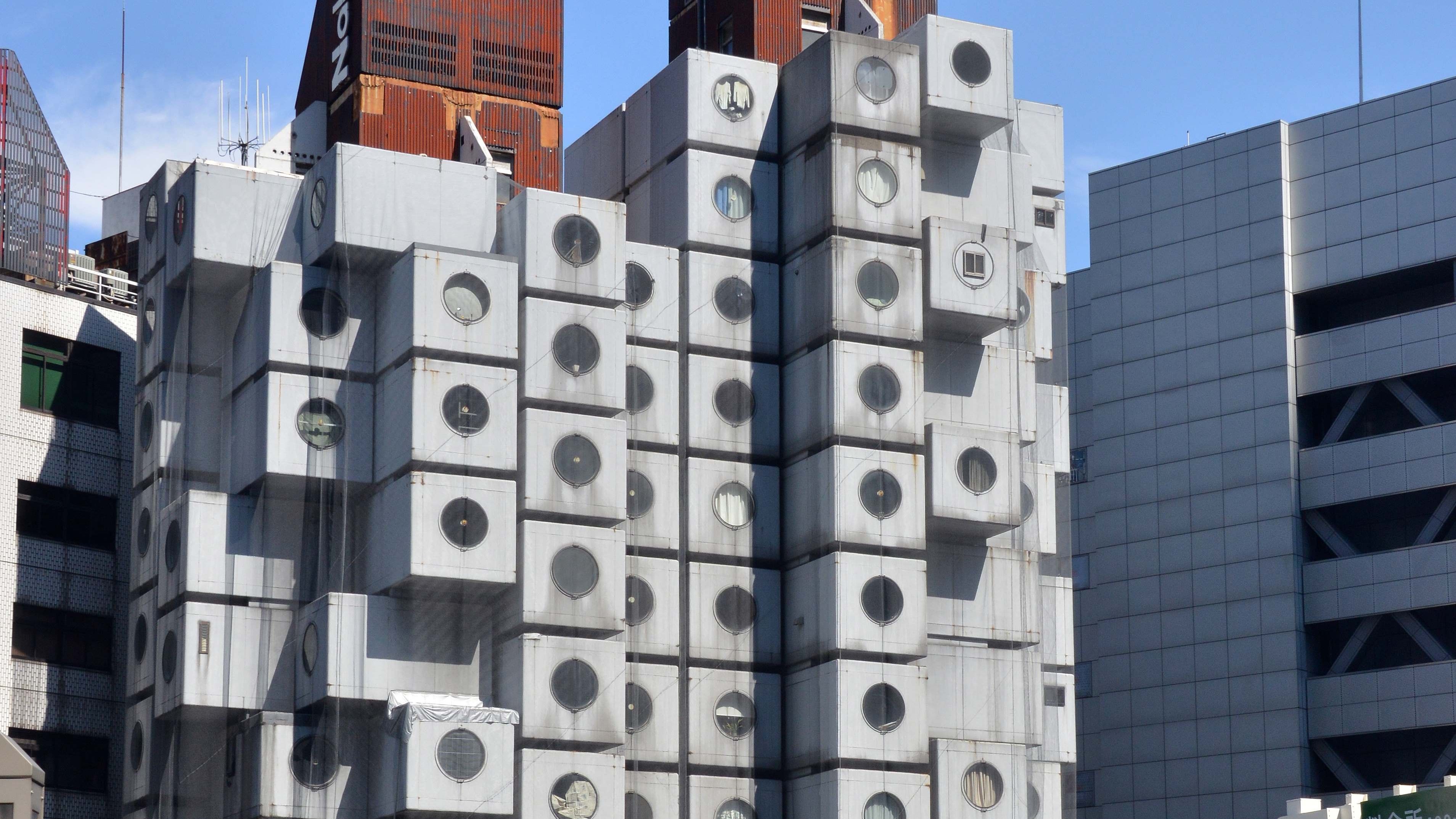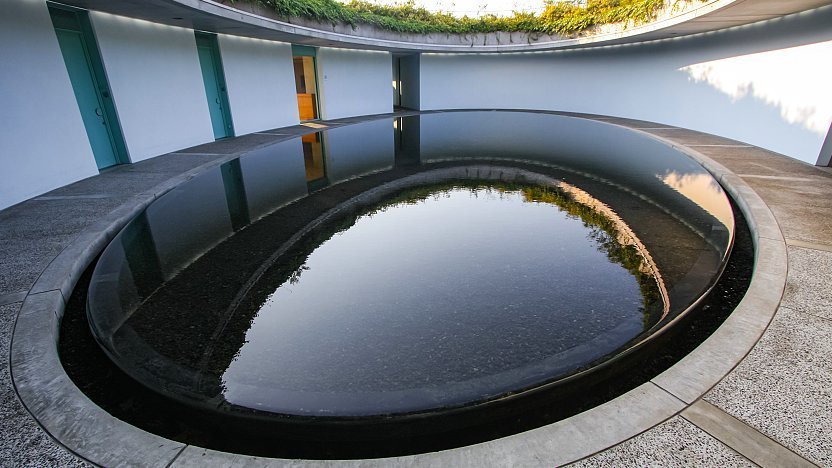


Following this period, Japanese architecture started to adopt more Western influences.įor more information about the origins of Japanese architecture, you can watch KOCHUU, an award-winning film discussing historical Japanese buildings and the various influences that have made Japanese architecture what it is today. Japanese Medieval architecture was somewhat comparable to Medieval European architecture at the time due to the prevalence of castles, but it was much simpler than its European counterpart. “Traditional Japanese architecture” typically refers to buildings built during the Edo period, which was during the 17 th to mid-19 th centuries. This is due to a lack of stone available at the time due to volcanic activity, as well as wood’s proven resistance to earthquakes. It was around this period that wood emerged as a preferred building material for Japanese architecture. It wasn’t until the 7 th century that Japanese architecture developed its own distinct style, having been heavily influenced by other Asian nations. Built before the 6 th century, some of Japan’s first shrines looked similar to ancient storehouses or homes.

Prior to the 1 st century B.C.E., Japanese homes looked much like any other home across the world, consisting mainly of wood with thatched roofs and earthen floors. Let’s take a look at some of the most common elements of Japanese architecture, and some of Japan’s most celebrated buildings and architects.

Universally celebrated, people around the world have embraced the Japanese aesthetic, hoping to capture a piece of it in their homes.


 0 kommentar(er)
0 kommentar(er)
